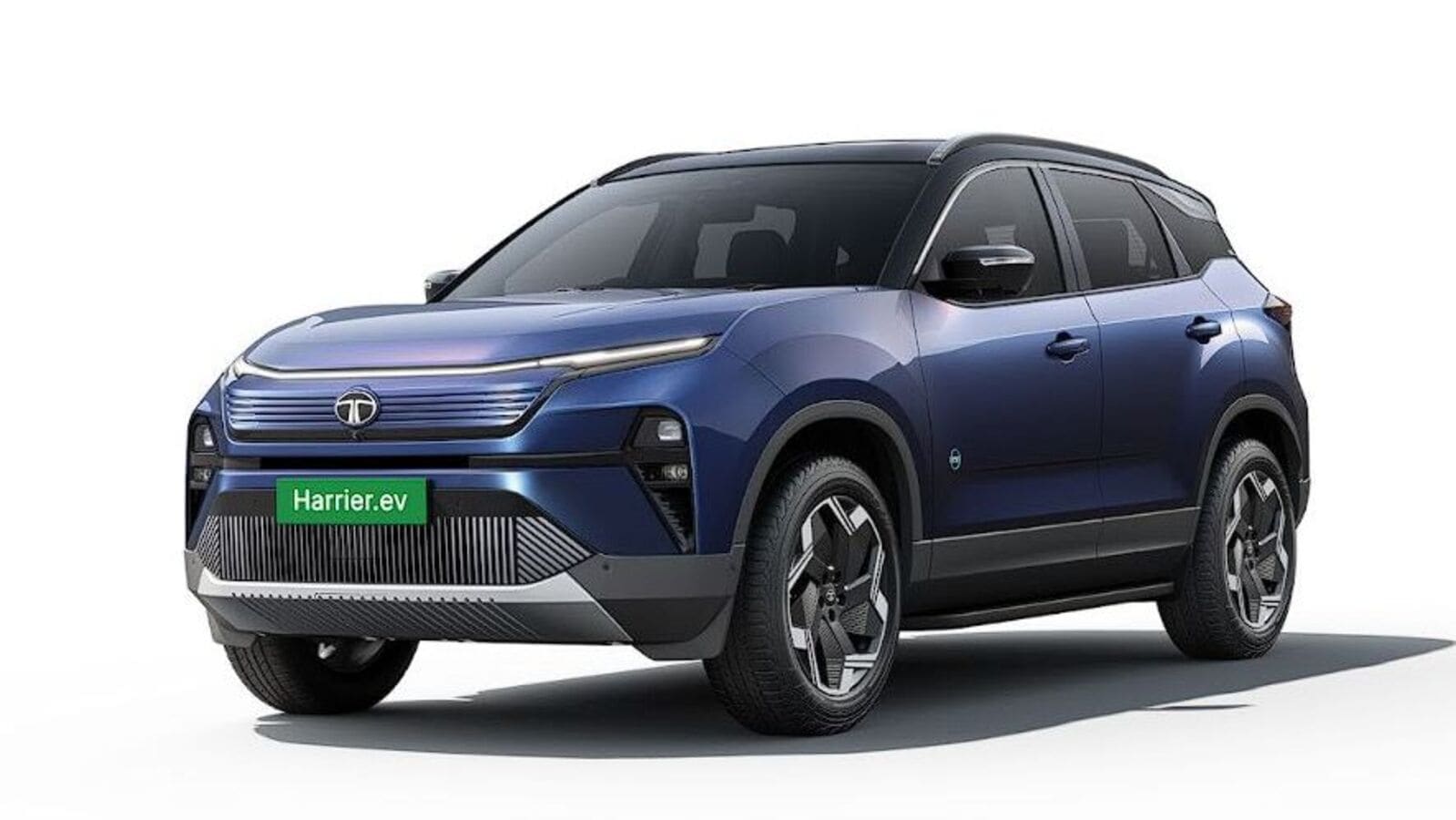05 June 2025

The UK new-car market rebounded in May amid economic uncertainty and policy changes, making the long-term outlook far from clear. Autovista24 web editor James Roberts assesses the latest data.
In May, the UK new-car market recorded its second month of growth so far this year. The latest data from the SMMT revealed a 1.6% rise in registrations compared with the same month last year. This marks the strongest May since 2021, however, sales remained 18.3% below pre-COVID-19 levels.
In total 150,070 vehicles were registered. Businesses and fleets powered the market’s growth, with deliveries up 14.4% and 3.7%, respectively. These sectors accounted for 62.6% of all new-car sales. In contrast, private buyer demand continued to weaken, falling for the second month in a row, down 2.3%.
This promising May follows a disappointing April and a buoyant March, which was boosted by the ‘plate change’ effect. However, recent growth has been tempered by wider economic uncertainty and legislative changes.
Challenges for UK industry
In April, the UK government confirmed new hybrids can be sold until 2035. It also gave carmakers more flexibility around meeting the ZEV mandate targets. This gives manufacturers more leeway to avoid penalties amid economic pressure and global trade challenges.
However, the month also saw the introduction of vehicle excise duty (VED) on battery-electric vehicles (BEVs). Alongside this, the Expensive Car Supplement (ECS) was applied to electric models costing over £40,000 (€47,482).
In late May, Autocar reported that the UK government was considering changes to the ECS. Proposed amendments look to raise the payment threshold, as many EVs have a price tag of over £40,000. This would help carmakers meet green targets by encouraging buyer adoption.
Concerns continue
Despite this, concerns remain. Under pressure to hit strict targets, manufacturers have resorted to heavy discounting to shift electrified models.
‘A return to growth for new car registrations in May is welcome but manufacturer discounting on new products continues to underpin the market, notably for electric vehicles,’ commented SMMT chief executive Mike Hawes.
‘This cannot be sustained indefinitely as it undermines the ability of companies to invest in new product development, investments which are integral to the decarbonisation of all road transport,’ he added.
The government will deliver its spending review on 11 June, outlining how much funding will be allocated to public services. The review will also confirm how much will be invested into infrastructure projects and wider transport policy. It is expected that EV-related issues will be key.
‘The impact of pressures such as employers’ national insurance, the extension of vehicle excise duty and the Expensive Car Supplement to electric vehicles will be closely monitored moving forward as well as the uncertainty regarding the blocking or unblocking of US tariffs,’ stated Sue Robinson, chief executive of the NFDA.
‘Looking ahead, we are likely to see pressure on the new-vehicle market, due to weak economic growth. We expect electric vehicle sales to continue to increase, however, they still remain someway off the ZEV mandate targets for 2025. Over many years, franchised dealers have proven their resilience and this current period of economic turbulence is no different,’ she added.
BEV increases continue
BEV registrations grew 25.8% in May, with 32,738 new vehicles taking to the UK’s roads. This pushed the powertrain’s market share up by 4.2 percentage points (pp) to 21.8% in the month.
Between January and May, the BEV market was up 33.4% year on year, hitting 177,487 registrations. However, a 20.9% market share highlights that the market is still below the ZEV mandate target of 28%.
The SMMT has continued to stress that halving VAT on new electric vehicles (EVs) could put 267,000 more EVs on the road over the next three years. This would apparently cut CO2 emissions by six million tonnes each year. The industry body is also calling for EVs to be removed from the ECS, as well as aligning VAT on public and home charging.
The availability of charging infrastructure continues to hinder EV uptake. Recently, the UK government announced plans to ease legislation surrounding the building of new charging points. Under proposed changes, drivers will no longer need to submit planning applications to install public or private chargers.
Hybrids prove popular in UK
Full hybrid (HEV) registrations continued to grow in May following the first decline of 2025 in April. Last month registrations of the powertrain grew by 6.8% to 20,351 units. This meant a 13.6% share, up from 12.9% a year ago.
However, it was plug-in hybrids (PHEVs) that really shone the brightest in May. Following a strong result in April, PHEV registrations increased by 50.8%, amounting to 17,898 units. This marked a market share of 11.9%, up 3.9p.
In the year to date, HEV registrations were up 13.2%, with 122,942 units. Meanwhile, PHEV uptake increased by 31.9%, reaching 85,657 deliveries. This meant full hybrids made up 14.4% of the market and plug-in hybrids 10.1%.
The popularity of BEVs and PHEVs boosted the overall electric vehicle (EV) market in May, as it grew by 33.6%. This equated to a 47.3% market share, up from 38.6% from May 2024. In the year to date, EVs captured 30.9% of new-car volumes, up from 23.9%. This was thanks to a 32.9% improvement in registrations, with 263,144 models handed over to customers.
Combining HEV registrations, the UK’s electrified market grew by 24.6% to 70,987 units. These models made up 47.3% of all new-car deliveries. In the year to date, registrations of these models soared by 25.9%, accounting for 45.4% of the market.
This underlines how electrified vehicles have become the primary driver of growth in the market. However, the powertrain grouping has yet to achieve an overall market majority. This highlights the gap that carmakers and policymakers need to work together to bridge.
ICE resilient despite decline
Petrol remained the dominant powertrain technology, albeit with deliveries falling by 12.5%. In total, 71,291 petrol-powered vehicles joined the UK’s roads in May.
The fuel type held a 47.5% market share, down 7.7pp compared to a 55.2% market share in May 2024. Looking at the first five months of 2025, petrol maintained a 49% market share, however, this was down 7.2pp year on year.
Diesel continued its declining trend in May. With a 5.2% market share in May, the fuel type dropped from 6.2% 12 months ago, recording just 7,792 unit registrations. Between January and May 2025, diesel saw the biggest drop of all powertrains in the UK. A total of 48,006 deliveries amounted to a 13.5% drop for the fuel type. Diesel-powered models made up 5.6% of overall volumes in this period, down from 6.7%.
In May, petrol and diesel models accounted for 52.7% of the market with 79,038 units registered. This was equated to a year-on-year drop of 12.8%. The ICE market share was just 5.4pp ahead of the electrified powertrains. This gap has shrunk from the previous month’s deficit of 8.2pp.
As the year approaches the halfway point, combined diesel and petrol registrations made up 54.6% of the market. Across the first five months of 2024, the share was 63%. How long will it be before ICE-powered registrations slip below a 50% share and electrified powertrains take over?





